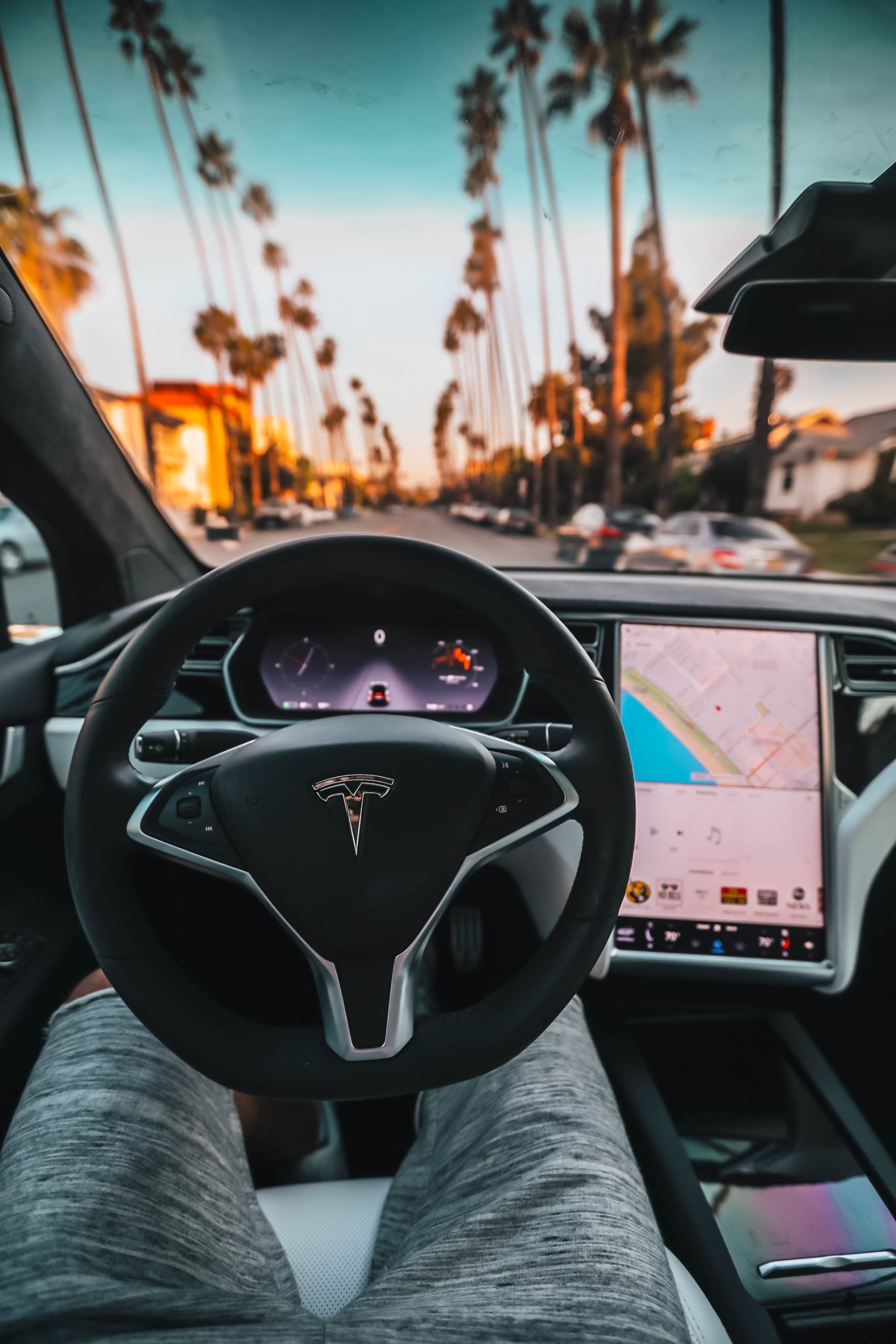- 24 April 2023
- 96
San Francisco: A City Ahead of its Time with Driverless Cars

In the early 2000s, the idea of self-driving cars seemed like something out of science fiction. But today, it is becoming a reality. With the rapid advancement of technology, the world is on the verge of a transportation revolution that could transform the way we travel, and San Francisco is leading the way.
San Francisco, a city that has always been at the forefront of innovation, has become a hub for testing and deploying autonomous vehicles. Companies like Waymo, Cruise, and Uber have chosen the city as a testing ground for their driverless cars, and the streets are buzzing with activity as these vehicles navigate the roads alongside traditional cars and pedestrians.
The rise of autonomous vehicles could have a profound impact on transportation, reducing congestion, improving safety, and making travel more efficient. In San Francisco, where traffic is notoriously heavy and parking is scarce, the benefits could be especially significant.
But the rise of self-driving cars also raises important questions about safety, privacy, and the future of work. Critics worry that these vehicles could be vulnerable to cyberattacks or other security breaches, and that they could put human drivers out of work. There are also concerns about the potential for data breaches and the implications for privacy.
Despite these concerns, San Francisco is moving ahead with its plans to embrace the driverless future. In 2017, the city created the Autonomous Vehicle Task Force to help coordinate the testing and deployment of autonomous vehicles on its streets. The city also passed regulations requiring companies to report any accidents involving autonomous vehicles, and it has launched a public education campaign to help residents understand the technology and its potential impact.
In addition to the testing of driverless cars on its streets, San Francisco is also home to several other initiatives aimed at reducing congestion and improving transportation. The city has a robust public transportation system, including buses, light rail, and cable cars, and it has invested in bike-sharing programs and other alternative modes of transportation.
San Francisco’s efforts to embrace the driverless future are not without their challenges, however. In 2018, a pedestrian was struck and killed by a self-driving Uber vehicle in Arizona, raising concerns about the safety of these vehicles. This incident prompted Uber to temporarily suspend its autonomous vehicle testing, and it led to increased scrutiny of the technology and its potential risks.
Despite these setbacks, San Francisco remains committed to exploring the potential of driverless cars and other forms of transportation technology. As the city continues to grow and evolve, it will be important for policymakers, businesses, and residents to work together to ensure that the benefits of these new technologies are realized, while also addressing the concerns and risks they pose.
In the end, the future of transportation will be shaped not only by technological advancements, but also by the policies and regulations that govern their use. San Francisco’s leadership in this area is a promising sign that we can find a way to embrace the driverless future while also addressing the challenges it presents.

